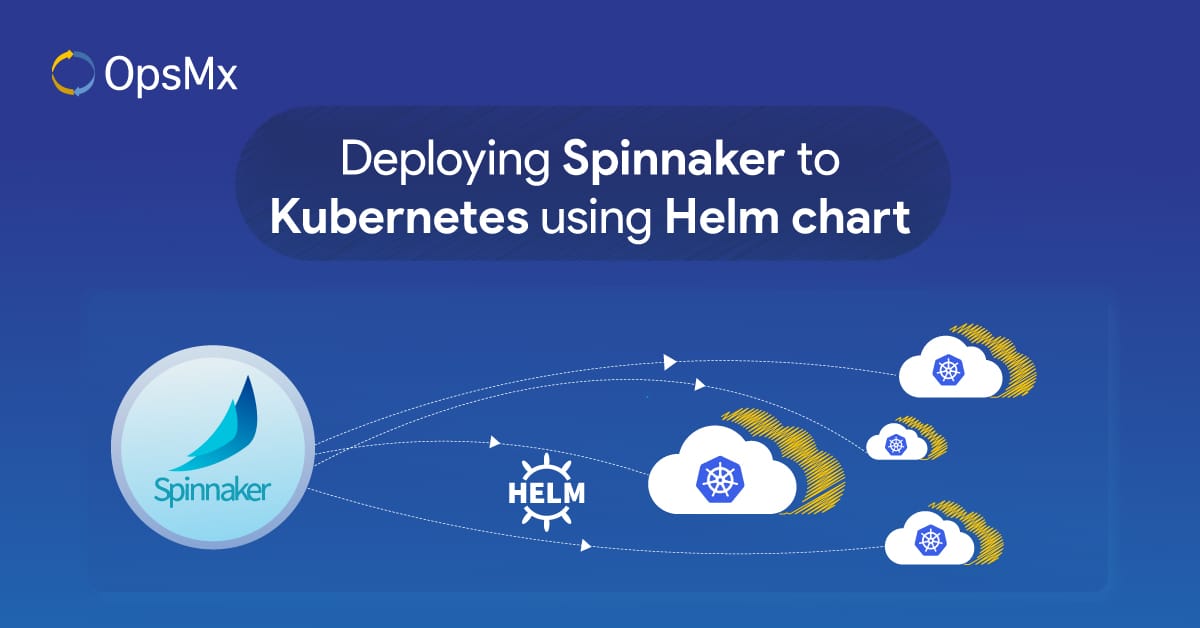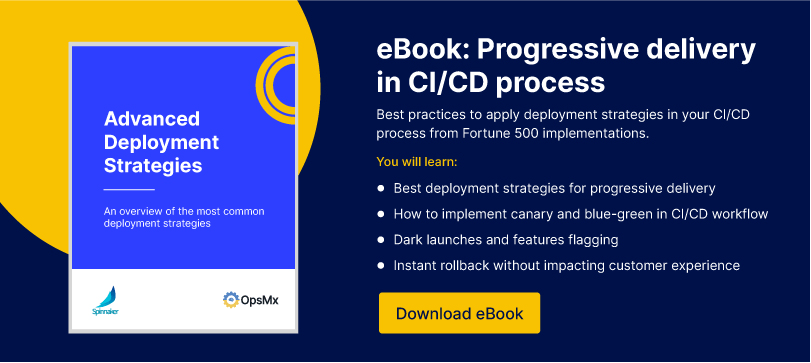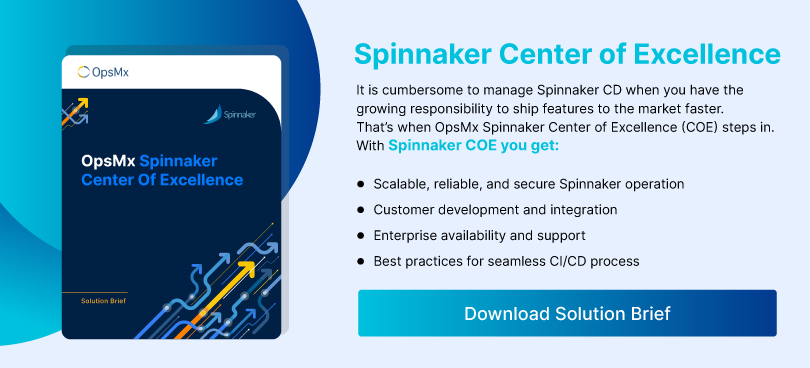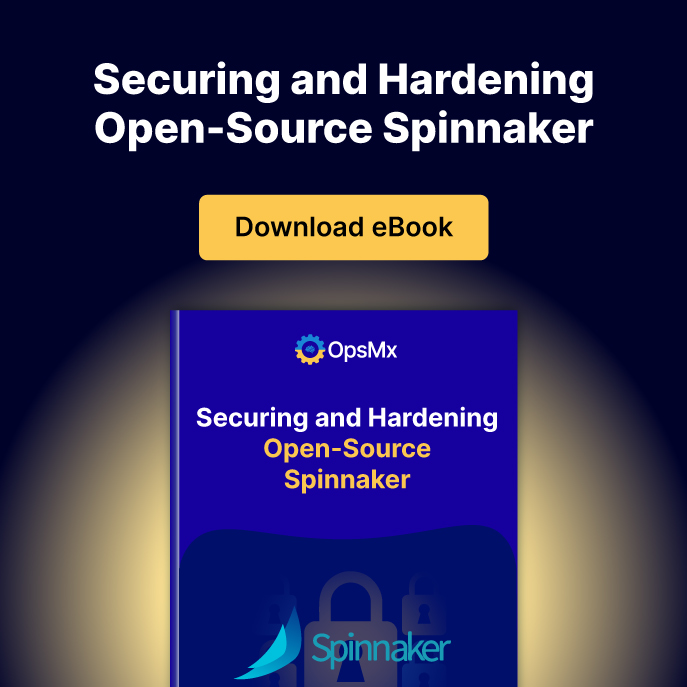Introduction
As Spinnaker has a microservice-oriented architecture, the recommended way to deploy Spinnaker is to deploy in a Kubernetes environment (an open-source system for automating deployment, scaling, and management of containerized applications using microservices). In this tutorial, we will show you how easy it is to set up a Spinnaker instance in Kubernetes using Helm Charts.
What are Helm Charts?
Helm is the package manager that uses charts or collections of files that describe a related set of Kubernetes resources. Deployment with HELM brings a lot of conveniences, as anyone can easily deploy HELM map into Kubernetes clusters
You can have a Spinnaker up and running in less than 20 minutes. To be successful, the Kubernetes cluster needs to support:
- 18GB of memory and 6 CPU cores
- Persistent Storage Volumes (PV)
- Load balancers
Pre-requisites of deploying Spinnaker on Kubernetes
- You have Kubernetes cluster ready and kubectl can connect to that cluster
- You have helm v3 installed
Steps to deploy Spinnaker on Kubernetes
oc adm policy add-scc-to-user anyuid -z mychart-spinnaker-halyard
- We will install Spinnaker using the published stable Helm chart. If you want to customize the installation, get the values.yaml file, and customize it.
wget https://raw.githubusercontent.com/helm/charts/master/stable/spinnaker/values.yaml
- Run helm commands to setup Spinnaker (the -f values. yaml is required if you are customizing your installation)
helm repo add stable https://kubernetes-charts.storage.googleapis.com/
helm install spinnaker stable/spinnaker [-f values.yaml]
- Give it some time. Once all the pods are running, your Spinnaker is deployed and ready to use.
$ kubectl get pods
NAME READY STATUS RESTARTS AGE
spin-clouddriver-749d9c9589-wg49j 1/1 Running 0 11m
spin-deck-775cdfccff-shzcb 1/1 Running 0 11m
spin-echo-5fd76b8f79-fkdm9 1/1 Running 0 11m
spin-front50-597b4ff46d-72kxr 1/1 Running 0 11m
spin-gate-7dc88df658-xl8nm 1/1 Running 0 11m
spin-igor-67b9b4c66-zs28q 1/1 Running 0 11m
spin-orca-7d5958f8d6-c6w7x 1/1 Running 0 11m
spin-rosco-67847b657b-gx5vc 1/1 Running 0 11m
spinnaker-install-using-hal-mdt4q 0/1 Completed 0 14m
spinnaker-minio-5c994565d6-fjdkm 1/1 Running 0 14m
spinnaker-redis-master-0 1/1 Running 0 14m
spinnaker-spinnaker-halyard-0 1/1 Running 0 14m
Your Spinnaker is now deployed but how do you access it? You could always create port-forwards as mentioned in the output of the helm install used to deploy Spinnaker. But that works when you are using your local laptop. If your Kubernetes cluster supports loadbalancer services, it is easier to create a loadbalancer and access Spinnaker. This best option to make it available to everyone.
- Create a file spinsvcs.yml to create the loadbalancer service to Spinnaker.
apiVersion: v1
kind: Service
metadata:
labels:
app: spin
stack: deck
name: spin-deck-ui
spec:
type: LoadBalancer
ports:
- name: http
port: 9000
protocol: TCP
selector:
cluster: "spin-deck"
- Run the commands to create the service
kubectl apply -f spinsvcs.yml
- To get the hostname to connect to Spinnaker run,
Once you have the EXTERNAL-IP address, you can connect to Spinnaker using the value of the EXTERNAL-IP. For example, using the above we get the output as:
$ kubectl get service spin-deck-ui
NAME TYPE CLUSTER-IP EXTERNAL-IP PORT(S) AGE
spin-deck-ui LoadBalancer 172.30.16.45 52.147.219.48 9000:31544/TCP 12m
http://52.147.219.48:9000
Already using Spinnaker? Yes, then you might be interested in how to deploy HELM charts to Kubernetes using Spinnaker CD pipeline.
In case you want visibility and insights into the Spinnaker deployments across clusters and clouds, then try an application dashboard for Spinnaker CD.
About OpsMx
Founded with the vision of “delivering software without human intervention,” OpsMx enables customers to transform and automate their software delivery processes. OpsMx builds on open-source Spinnaker and Argo with services and software that helps DevOps teams SHIP BETTER SOFTWARE FASTER.




I tried deploying it in EKS cluster using helm charts, but when s3 is enabled it times out and fails otherwise it gets deployed fine.
S3 section:
s3:
enabled: true
bucket: “spinnaker”
rootFolder: “front50”
region: “us-east-1”
# endpoint: “”
# accessKey: “”
# secretKey: “”
assumeRole: “arn::::::myrolename”
## Here you can pass extra arguments to configure s3 storage options
extraArgs: []
# – “–path-style-access true”
It throws error unexpected key value or it times out.
Here i tried to attach the IAM role to pods but it doesn’t work either and says unexpected value.
## You can use it to add annotations for pods, override the image, etc.
additionalServiceSettings: {}
deck.yml:
artifactId: gcr.io/spinnaker-marketplace/deck:2.9.0-20190412012808
kubernetes:
podAnnotations:
iam.amazonaws.com/role: arn:aws:iam::1234567:role/SpintestInt
clouddriver.yml:
kubernetes:
podAnnotations:
iam.amazonaws.com/role: arn:aws:iam::1234567:role/SpintestInt